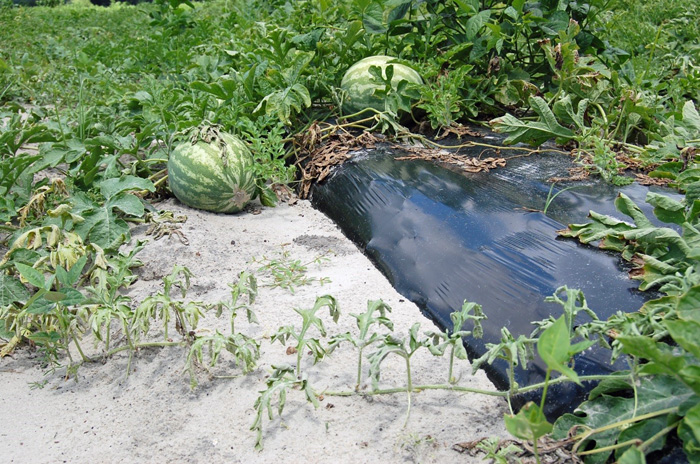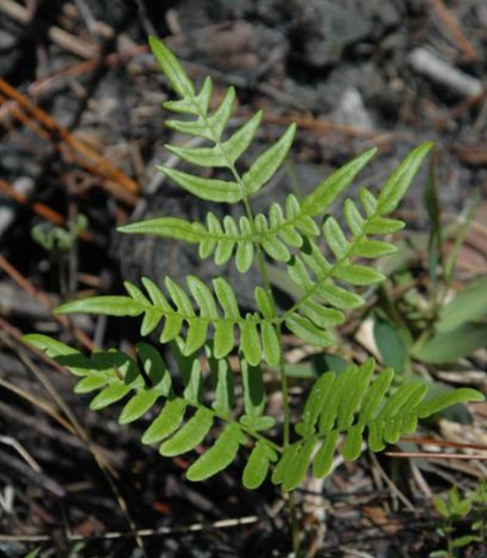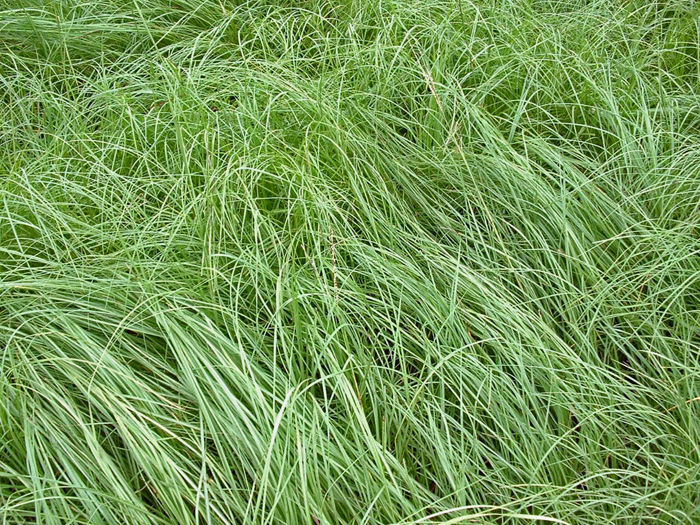
by Nicholas Dufault | Nov 17, 2017
Fusarium wilt is caused by the soil borne fungus Fusarium oxysporum, which continues to be a problem for many Florida watermelon producers. Management of this devastating disease requires an integrated approach that combines conventional and novel techniques. Site...

by Kalyn Waters | Nov 3, 2017
Bracken Fern is a common perennial fern that is found across the United States. Its ability to grow well is both dry and moist soils, as well as along tree lines, in wooded areas, and around buildings, make it a well-adapted species. While all parts of the fern are...

by Kalyn Waters | Oct 27, 2017
Caesar’s Weed is a member of the Malvaceae family, which are typically grown for ornamental purpose. Other plants in this family include Hibiscus and Cotton. Caesar’s weed is most commonly is found in disturbed areas, pastures, and perennial crop...

by Mathews Paret | Oct 20, 2017
Kamil Duman, Susannah Wright, Fanny Iriarte, Barron Riddle, Gary Knox and Mathews Paret, University of Florida – NFREC, Quincy, FL For rose nurseries, and commercial landscapers, each of the many rose diseases are as important as the others. Crown Gall,...

by Ethan Carter | Oct 13, 2017
After back to back mild winters, the 2017 growing season has been a banner year for pests. Prolonged cold weather normally diminishes pest populations, but this year pests of all types survived winter with populations that have increased dramatically. Most of the...

by Ann Blount | Oct 13, 2017
Ann Blount, Sunny Liao, Florencia Marcon and Cheryl Mackowiak, UF/IFAS North Florida Research and Education Center “What is an Endophyte and why are they in my grass pastures?” may be a question that cattlemen in Florida have never asked before, but they are starting...







